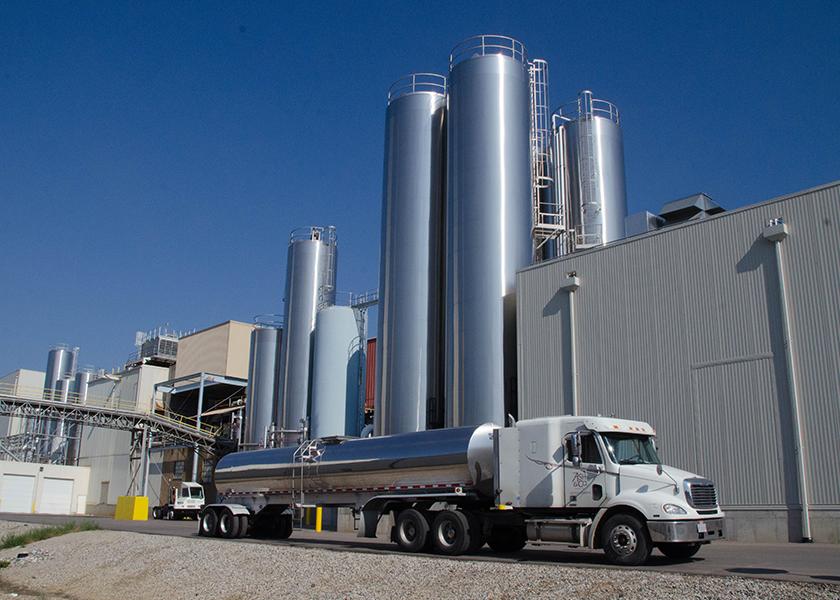New Plant Capacity Collides with Shrinking Milk Supply

For the past few years, some U.S. dairy producers have been urging the dairy industry to build new processing facilities so they can expand their operations and have a place to sell their additional milk. Their requests are now becoming a reality, but the timing appears to be challenging, said Betty Berning, analyst with the Daily Dairy Report.
“Scarce heifer supplies and the time required to raise a calf to mature milk cow remain long-term barriers to rapid growth in U.S. milk output.” Berning said. “At the same time, milk supplies are shrinking in some of the areas that have been experiencing the largest investments in processing capacity.”
In January, the U.S. milk herd was at its lowest point in more than four years, and heifer inventories were at their lowest level since 2004. Milk will remain particularly tight in the Southwest. New Mexico’s herd and resulting production, for example, have been rapidly declining for several years. New Mexico’s milk cow herd has fallen by 97,000 head between January 2021 and January 2024, according to USDA data. In neighboring Texas, a state that had been growing exponentially, milk cow numbers have been flat since June 2023 at 635,000 head, down from the state’s peak of 650,000 in March 2023.
“While Some Texas producers have added cows to supply the new cheese facility there, others have left the state due to costly feed and inadequate milk revenue,” Berning said.
Last year, processors opened several plants across the country and more will come online this year and in 2025 and 2026. The largest projects have been and will continue to be cheese-centric and located in the central and southwestern United States. About a year ago, production began on a new cheese plant in the Texas Panhandle, and other manufacturing plants are slated to come online in 2025 and 2026 in the Panhandle and near Waco, Texas, respectively.
“In addition, new cheese capacity will come online in southwest Kansas this year. While Kansas producers added 3,000 cows last year, that does not seem like it will be enough to fill the state’s new capacity. Before last year’s expansion, cow numbers in Kansas have been flat since 2001,” Berning said.
New investment in ice cream, cheese, and value-added fluid milk projects is also slated to open in the Northeast. The projects range from an expansion of current facilities to new builds, Berning said, and small cheese-related projects are also in the works in the Upper Midwest.
“Cheese plants in the Southwest will receive priority, and dryers in the region are already running light as new processing draws milk from a shrinking regional milk supply. There is no excess milk in the Southwest, so the milk that once made its way out of the area to the milk-deficit Southeast will stay put,” Berning said. “Southeast plants will thus need to pull milk from other regions, potentially from the Mideast or Northeast, allowing producers in those regions to expand.”
On the positive side, in New York where processing is being added, cow numbers climbed 6,000 head year over year in 2023. Expansion also occurred last year in nearby Indiana, up 5,000 head, and in Ohio, up 3,000 head.
“That could help support new expansions in the Northeast,” Berning added.
For more industry news, read:
- New York Dairy Processing Plant Moves Forward with Large Expansion
- Walmart Makes Plans to Build Third New Milk Processing Plant, This Time in Texas
- Robotic Technology Helps These Dairies Become Better
- Here is What Apple's Formula Could Mean for Dairy Technology
- Will Milk Prices Rebound? 8 Important Market Signals to Watch







